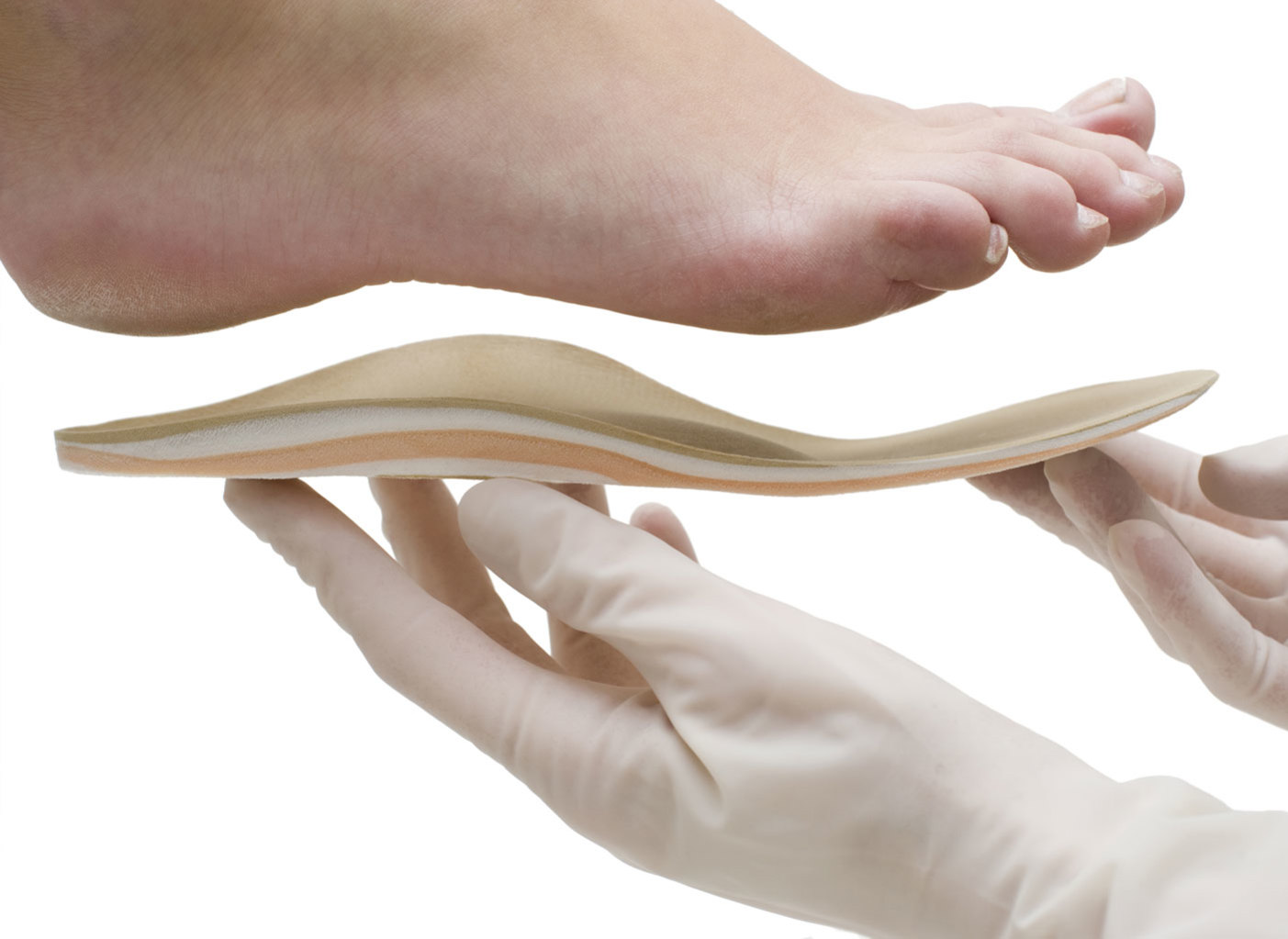Also referred to as functional foot orthotics, inserts, arch supports and various other interchangeable terms.
Essentially this relates to putting some type of material and design into a shoe to help reduce or modify physical forces going through the foot and ankle. The theory behind this is to help reduce physical stress acting across joints or tissue that are injured, or that are being over used.
Orthotic provision can be provided by any number of professions such as Podiatry, Orthotists, Physiotherapy, Chiropractors, Osteopaths, and Orthopaedic Practitioners.
The important aspect of orthotic provision is that the device itself is comfortable during use and makes a difference to the symptoms that the patient experiences.
It is key that the clinician providing any form of orthoses has a good understanding of foot and ankle structure and function and is responsible for the design choices in the end device.
What causes orthotic failure?
Orthotic failure can be due to a number of factors such as poor fit, poor material selection, inappropriate control in different parts of the foot, and all these issues are factors that we see on a regular basis in terms of people failing orthotic management.
There is also a small group of patients that despite the best mechanical concepts and approach their foot and ankle problems persist. The orthotic approach utilised by Mark utilises the tissue stress concept, this approach is aimed predominantly at reducing / modifying physical forces acting on tissues that are injured.
One of the major failings is the combination of the orthotic with the right type of shoe and Mark has a wealth of experience in this area in terms of obtaining the best possible outcome for what in the main are mechanically compromised patients.
What can orthotic therapy do for me?
There is extensive support for appropriate mechanical input with the use of orthoses for a number of foot and ankle related problems. The orthotic regime often is geared towards reducing the degree of mechanical load going through structures that are either injured or being overused.

The goal of foot orthoses therapy should be to reduce the pathological loading forces on the injured structural components of the body in order to allow healing of the injured structures, to prevent new injuries from occurring, and to promote more efficient dynamics of the body during weight bearing activities."
(Kirby, Kevin A.: Foot and Lower Extremity Biomechanics II: Precision Intricast Newsletters, 1997-2002. Precision Intricast, Inc., Payson, AZ, 2002, p. 4.)

It is important to recognise the role that orthotics play in terms of management of patients with mechanical related symptoms.
There is a need to be methodical in terms of the mechanical approach in terms of the patient wearing the device on a regular basis and at least 80% of their weight bearing time to gain success from these type of devices.
There are conditions where this can be reduced as time goes on, and there are also conditions where this needs to be a medium to long term strategy.




